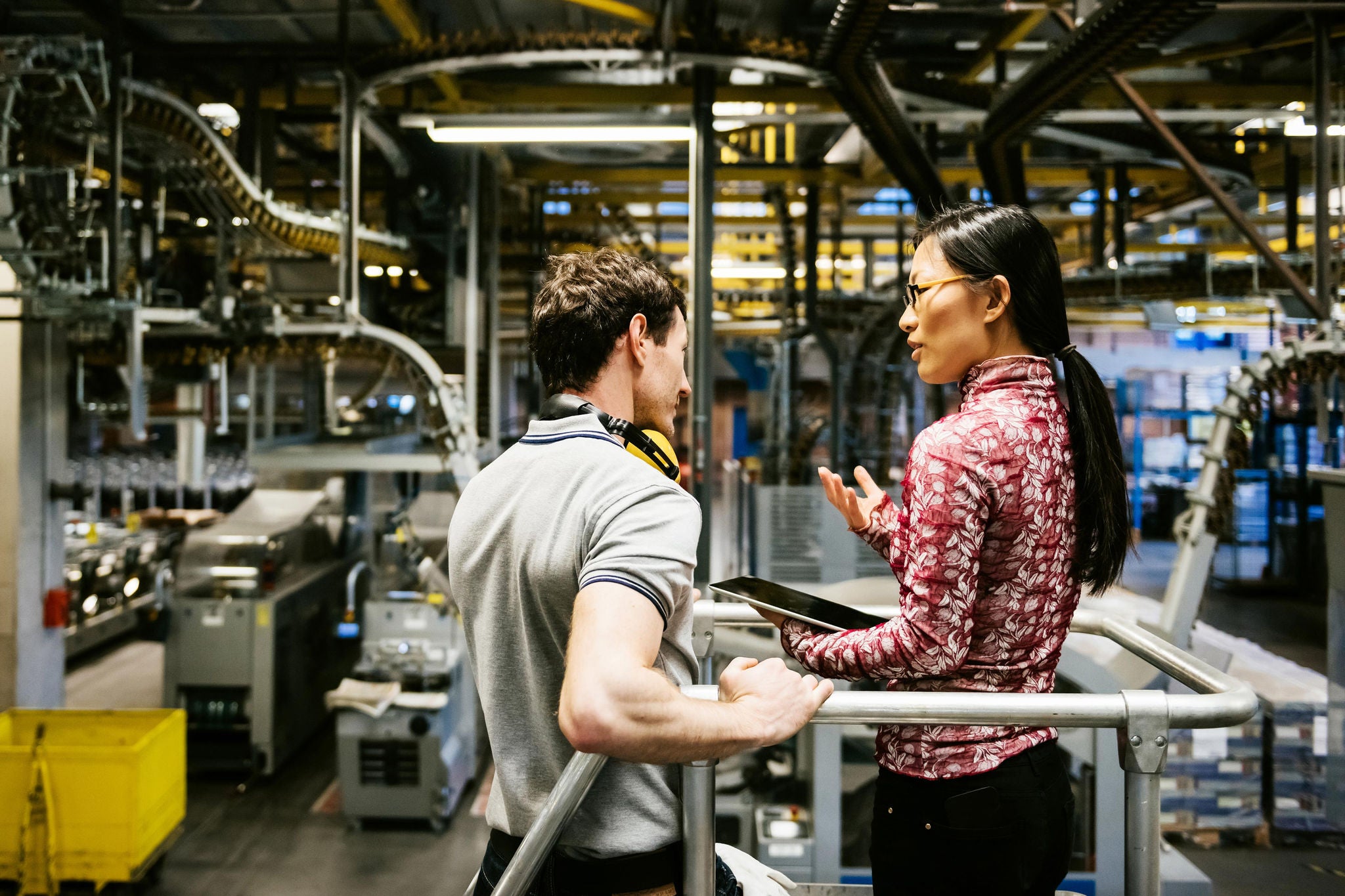EY refers to the global organization, and may refer to one or more, of the member firms of Ernst & Young Global Limited, each of which is a separate legal entity. Ernst & Young Global Limited, a UK company limited by guarantee, does not provide services to clients.
How EY can Help
-
Discover how EY's supply chain team can help your business redefine its end-to-end supply chain and operations to support your enterprise objectives.
Read more
The following sectors are expected to see strong growth in the post-pandemic era:
Consumer goods
The consumer goods sector comprises home care, personal care and apparel. A shift in consumer purchase patterns, support from government institutions and economic integration toward a digital infrastructure are improving the overall feasibility of the sector’s expansion in SEA. The emergence of super apps across SEA has also altered how people engage and purchase within the apps, bringing significant growth opportunities for the sector.
Health care equipment
The health care equipment market in SEA is expected to see strong growth. In particular, Singapore is among the fastest-growing innovative production hubs of this sector. A favorable business environment, strong intellectual property laws, an expansive research network and incentives provide conducive reasons for companies to pursue new opportunities in the country and region. Further, SEA is enjoying strong growth in telehealth, digital therapeutics, diagnostics, remote patient monitoring and analytics.
Electronic manufacturing services (EMS)
Opportunities in the region’s EMS sector are opening up as entities seek to develop more resilient supply chain networks and expand into the region. Notably, 6 of the world’s top 10 EMS companies are present in Singapore.
Agritech
With an increasing focus on healthy food options and sustainability, the agritech sector is growing at a rapid pace in SEA. SEA received approximately US$700m of agrifoodtech-related investments in 2020, with a significant proportion going to Singapore.4







